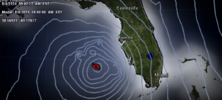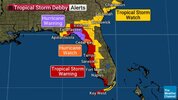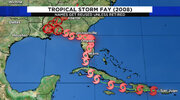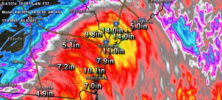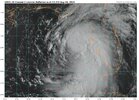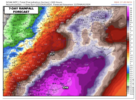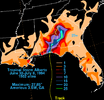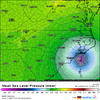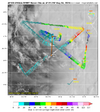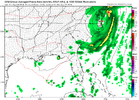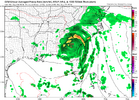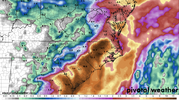As we know Beryl was about the same and strengthening into landfall. We saw how bad that storm was. So, hopefully not stronger than 85-90. This will likely be bad enough as it is, including the expected massive rainfall.
For my area and vicinity, I’m hoping the very highly anomalous loop back NW into the lower SC or GA coast doesn’t actually occur. The GFS through 6Z (along with a significant % of GEFS members) is still doing this after many runs. And the 0Z CMC was kind of similar.
However, the 0Z/6Z Euro ops abandoned this craziness with the way more common progressive trek up the coast and thus kept rainfall from being as excessive as that for the crazy runs that backed in. The 0Z/6Z EPS still had some crazy members but not as many as earlier runs. So, keeping fingers crossed and will see what 12Z runs show. When I see something on models that’s essentially not happened on record for >170 years, it gives me lots of hope it won’t actually happen despite the chance for a first time occurrence.

